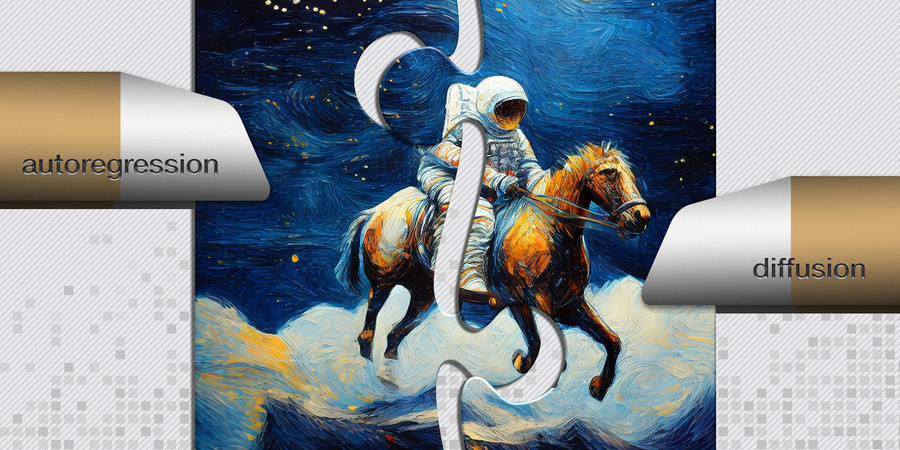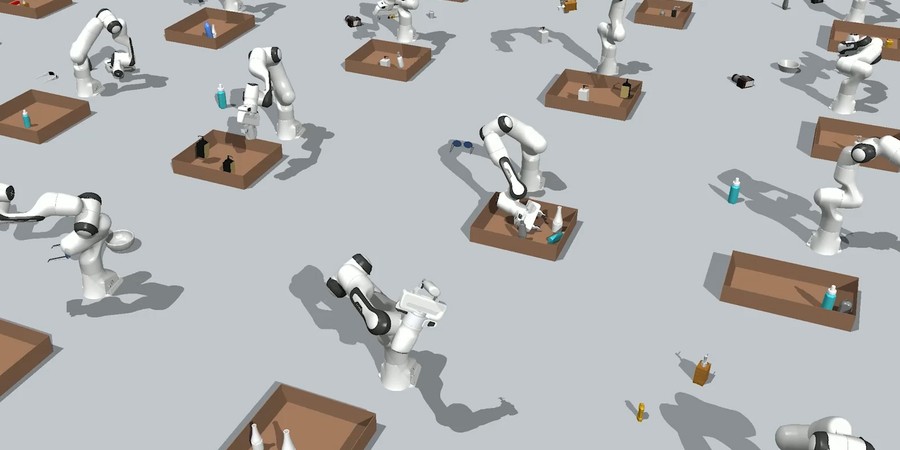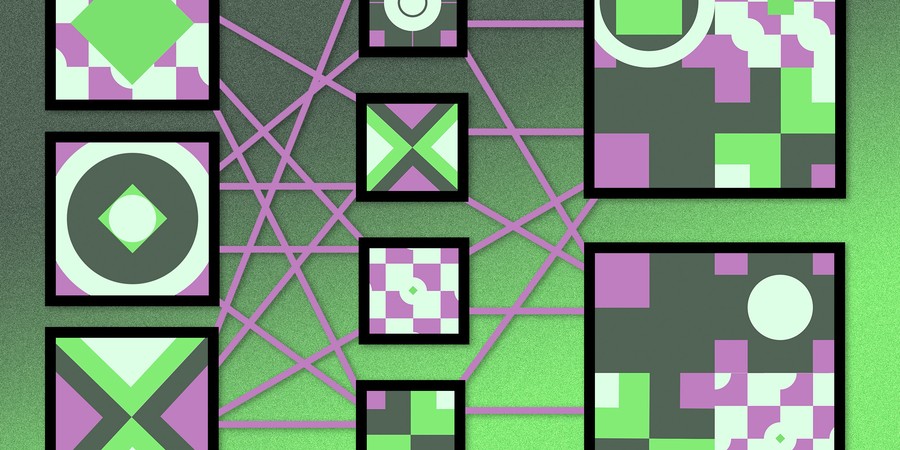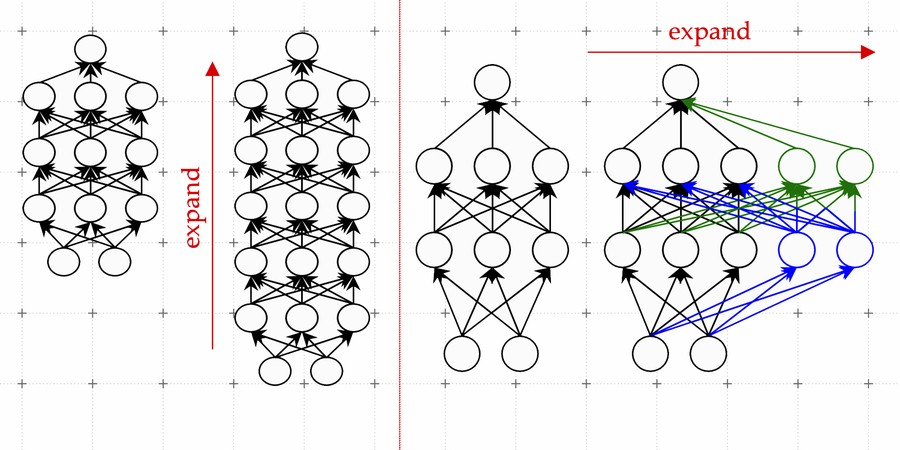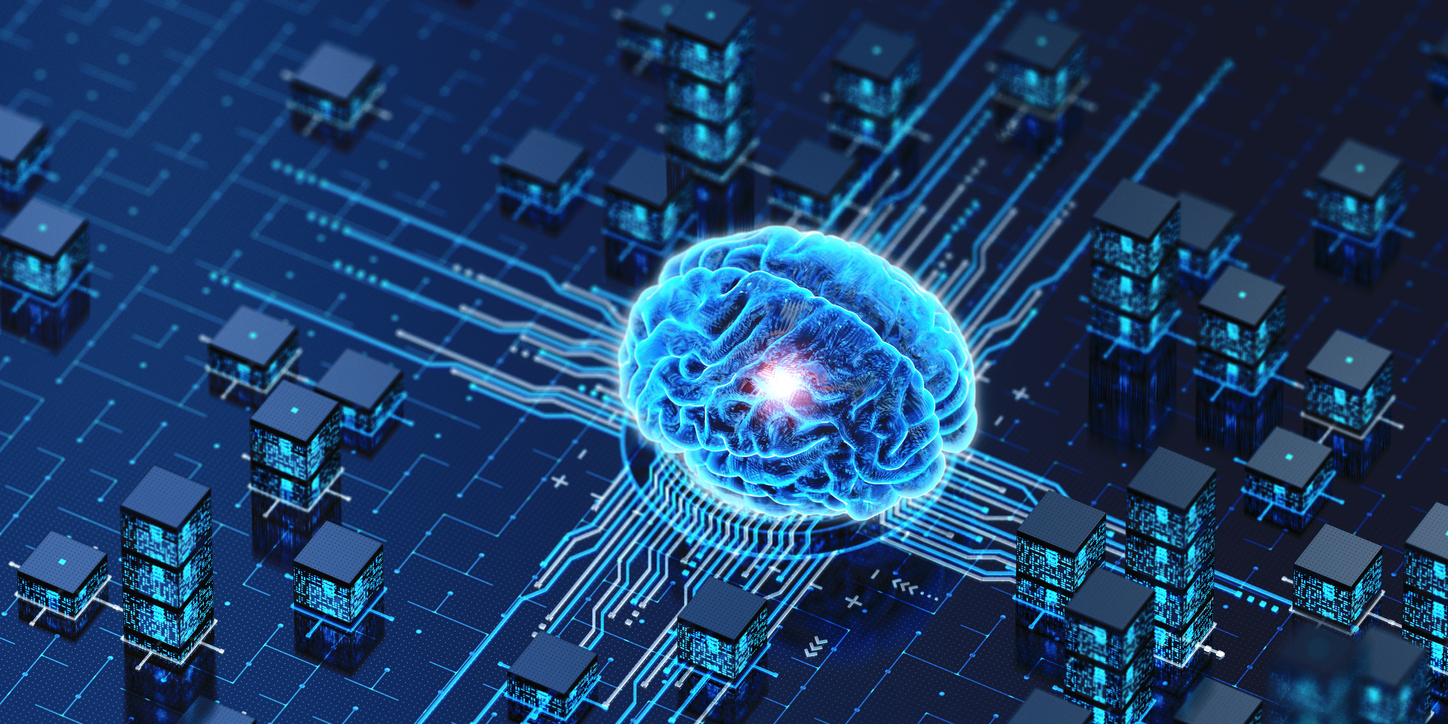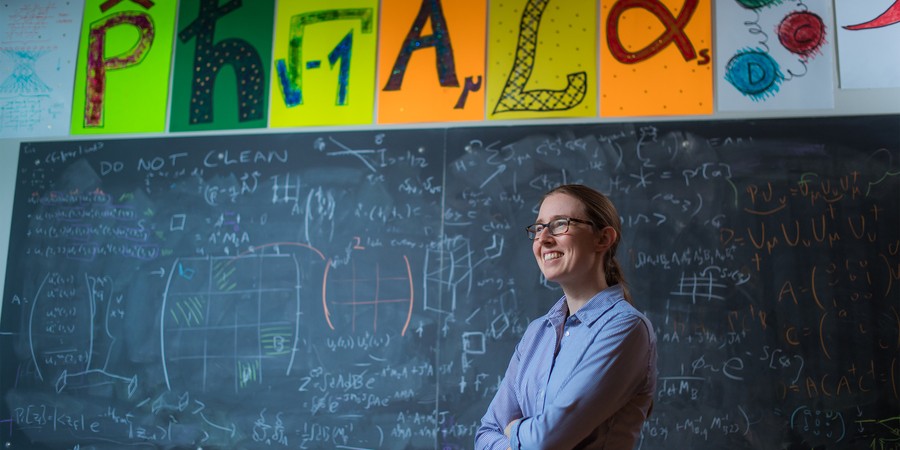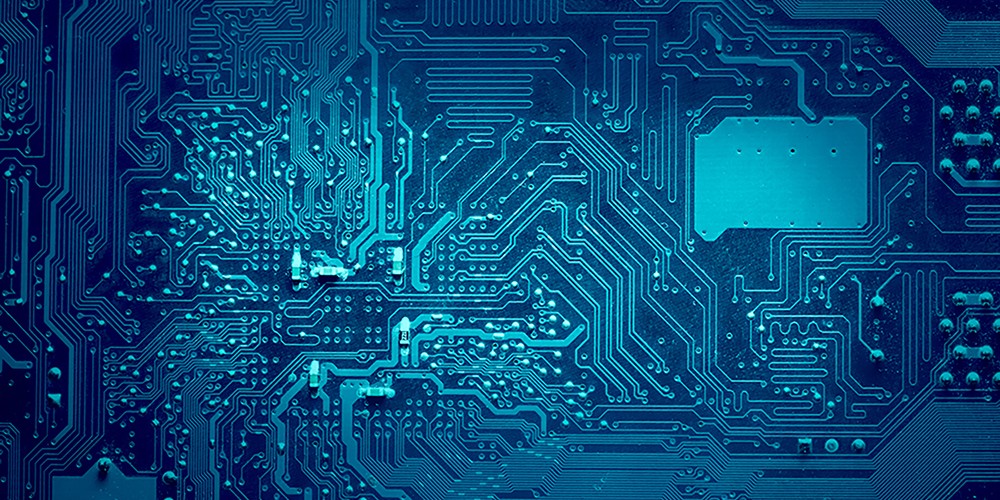AI Tool Generates High-Quality Images Faster Than State-of-the-Art Approaches
Adam Zewe | MIT News
Researchers fuse the best of two popular methods to create an image generator that uses less energy and can run locally on a laptop or smartphone.
New Security Protocol Shields Data From Attackers During Cloud-based Computation
Adam Zewe | MIT News
The technique leverages quantum properties of light to guarantee security while preserving the accuracy of a deep-learning model.
New Technique Helps Robots Pack Objects into a Tight Space
Adam Zewe | MIT News
Researchers coaxed a family of generative AI models to work together to solve multistep robot manipulation problems.
Researchers Create a Tool for Accurately Simulating Complex Systems
Adam Zewe | MIT News Office
The system they developed eliminates a source of bias in simulations, leading to improved algorithms that can boost the performance of applications.
Learning to Grow Machine-learning Models
Adam Zewe | MIT News Office
New LiGO technique accelerates training of large machine-learning models, reducing the monetary and environmental cost of developing AI applications.
New Method Accelerates Data Retrieval in Huge Databases
Adam Zewe | MIT News Office
Researchers use machine learning to build faster and more efficient hash functions, which are a key component of databases.
Making Computing More Brain-like
Wednesday, March 15, 2023 | 12:00 - 1:00pm ET
MIT Building 36, Room 426, Allen Room
Hybrid
Speaker: Mike Davies, Intel
Phiala Shanahan Is Seeking Fundamental Answers About Our Physical World
Jennifer Chu | MIT News Office
With supercomputers and machine learning, the physicist aims to illuminate the structure of everyday particles and uncover signs of dark matter.
Thesis Defense: Delocalized Photonic Deep Learning on the Internet’s Edge
Monday, February 6, 2023 | 5:00pm - 7:00pm ET
Speaker: Alex Sludds, MIT PhD Candidate
Breaking the Scaling Limits of Analog Computing
Adam Zewe | MIT News Office
MIT researchers have developed a new technique could diminish errors that hamper the performance of super-fast analog optical neural networks.


